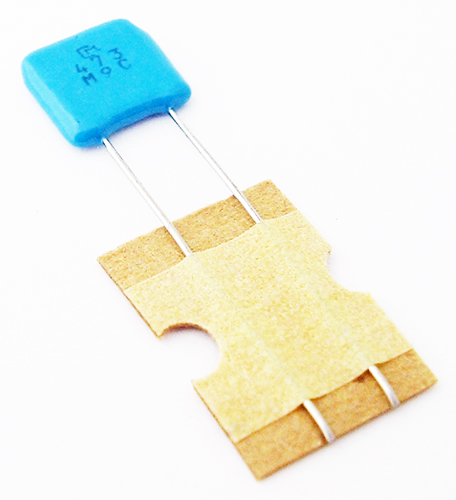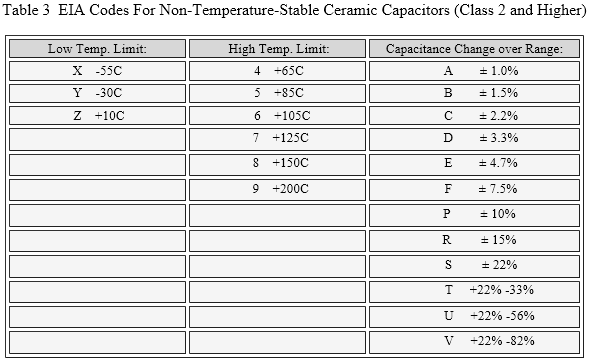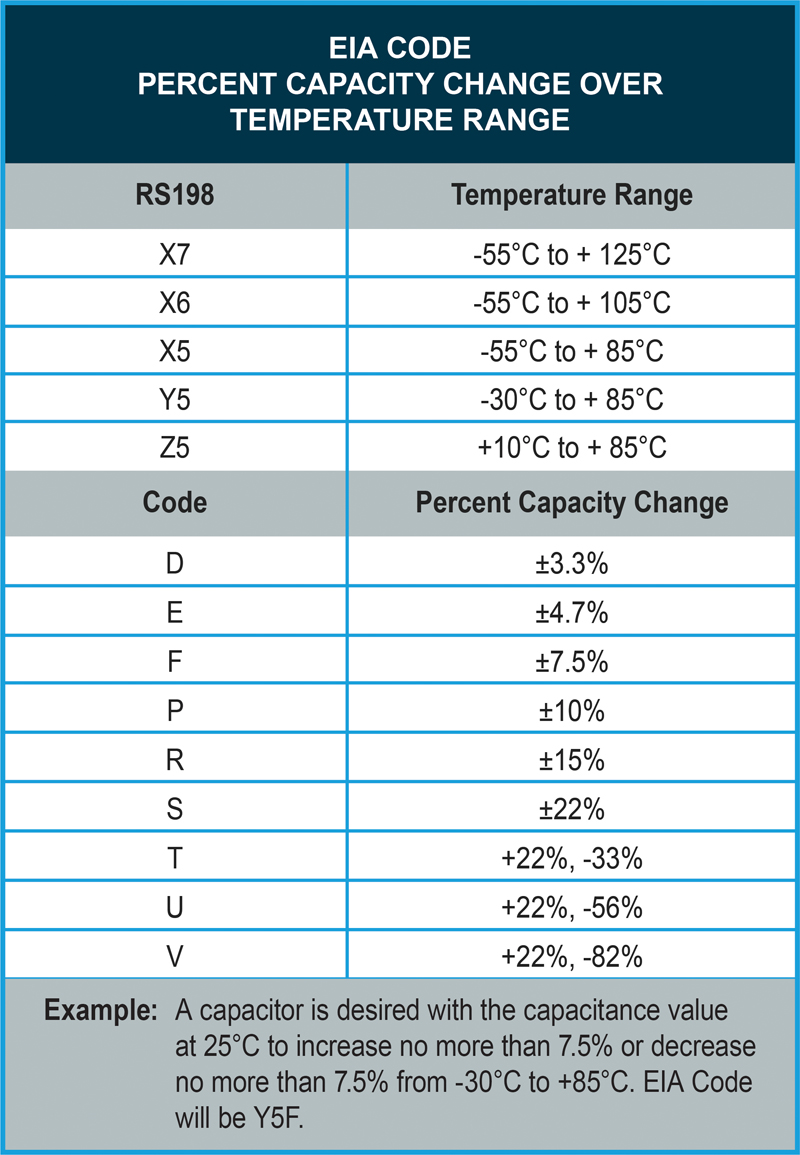Ceramic Capacitor Temperature Coefficient X7r

X7r formulations are called temperature stable ceramics and fall into eia class ii materials.
Ceramic capacitor temperature coefficient x7r. The typical aging of x7r ceramic capacitors is about 2 5 per decade the aging rate of z5u ceramic capacitors is significantly higher and can be up to 7 per decade. Temperature compensating formulation are class 1 and temperature stable and general application formulations are classified as class 2. This capacitance change is non linear. Within the ceramic capacitor family there are many forms of ceramic dielectric that are used.
A rule of thumb is the higher the temperature dependence of the ceramic the higher the aging percentage. Avx surface mount mlccs are available in both class 1 and class 2 formulations. Avx offers a wide range of surface mount mlccs for commercial applications to mission critical. So according to the above table when manufacturer says that this is a x7r capacitor it means that the capacitor can operate from 55 degrees centigrade to 125 degrees centigrade temperature and the capacitance of the capacitor will not vary more or less than 15 from its nominal value specified.
Its temperature variation of capacitance is within 15 from 55 c to 125 c. Figure 5 illustrates the typical capacitance response over temperature for tantalum capacitors class 2 ceramic x7r capacitors and class 1 ceramic np0 or c0g capacitors. The first character indicates the lowest temperature that the capacitor can handle. Diagram showing construction with standard termination.
X7r x7s ceramic capacitors. Details about the layers used in a ceramic capacitor s construction can be found in the series datasheet. The letter x as in x7r x5r corresponds to 55 c. The theoretical range is from 45 c to 200 c.
The second character indicates the maximum temperature. I contacted a colleague and expert on ceramic capacitors he explained that there are many materials that qualify as x7r in fact any material that allows a device to meet or exceed the x7r temperature characteristics 15 over a temperature range of 55 c to 125 c can be called x7r. Similarly when manufacturer says that this is a y5v capacitor it means that the capacitor. The ceramic capacitor gains its name from the fact that it uses ceramic materials for its dielectric.
For example an image like this is found in the commercial x7r surface mount ceramic capacitor datasheet. Common types include c0g np0 x7r y5v z5u although there are many more. 5 as in x5r corresponds to 85 c and 7 as in x7r corresponds to 125 c.









